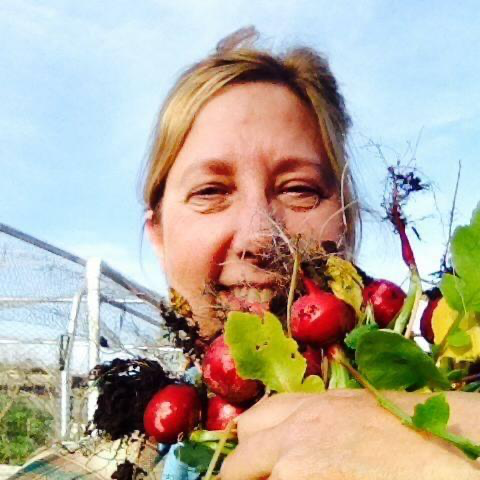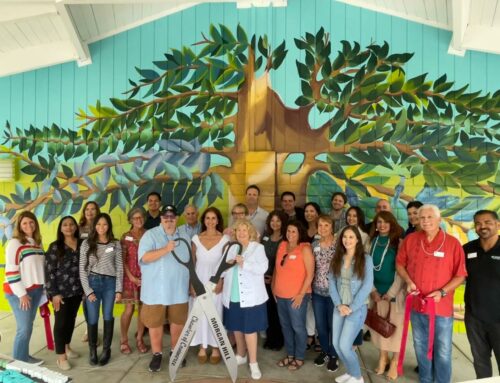Schefflera can grow very large, does quite well outside during warm summer months.

Schefflera
By Sharon McCray

Sharon McCray
Last month this column focused on what we call “house plants,” plants that evolved outside and we move into in our homes.
These plants were originally growing all around the world, in their native soil and under local growing conditions. I explained how we have manipulated and mimicked the growing conditions so we could successfully grow these unusual plants inside our homes.
Four key essentials for happy house plants include pots with good drainage, humidity, recommended planting mix and appropriate light. Individually, these plants all have their own specific needs and once you have discovered exactly what those are, both you and your plants will flourish.
The importance of knowing their origin will help you better understand what a particular plant needs to survive inside. I talked about African Violets, Bromeliads, and Peace Lily last month. These are fairly common and can easily be found in most nurseries, garden centers and even local grocery stores.
This month, I want to provide insight on a couple of other stand out “house” plants most of us probably already have growing inside our homes.

Schefflera can grow very large and can, in fact, do quite well outside during warm summer months. It will need direct sun protection but no other specific conditions. Make certain the pot it’s planted in can support its sturdy upward growth and umbrella-shaped leaves. As far as planting medium, any good mix will do. My plants have never been fertilized. But they might benefit from a basic house plant nutrient once in a while.
Originating in South and West Africa, the Spider Plant is another fantastic plant. There are a couple of varieties with different leaf patterns, but all are simple to grow with little to no care, outside of watering. These unique plants grow long stems on which new plants are created. These cascading stems, called “spiderettes,” can be pruned if they get in the way. And you can share the new plants with your friends.

Spider plants can be a commitment as they have a tendency to live upwards of 50 years in ideal circumstances. One issue with these plants is the tips of the leaves can sometimes turn brown. Trimming the tips with a sharp pair of scissors will help the plant look groomed, but it is not necessary.
A final note: This is supposed to be fun. Don’t stress if your garden isn’t ready for a visit from Martha Stewart. Neither is mine.
I want to let you know the popular “Introduction to Beekeeping” classes are again being offered at Prusch Farm Park in San Jose. The cost of the three hour class is $30 and space is limited. It will be held Feb. 25.
Details, www.PruschFarmPark.org.
Sharon McCray is a California native living in Santa Clara County since 1959. She became certified as a University of California cooperative extension master gardener in 1992 and a UCCE master naturalist in 2015. She hosts a radio show on KKUP public radio and is now retired.






